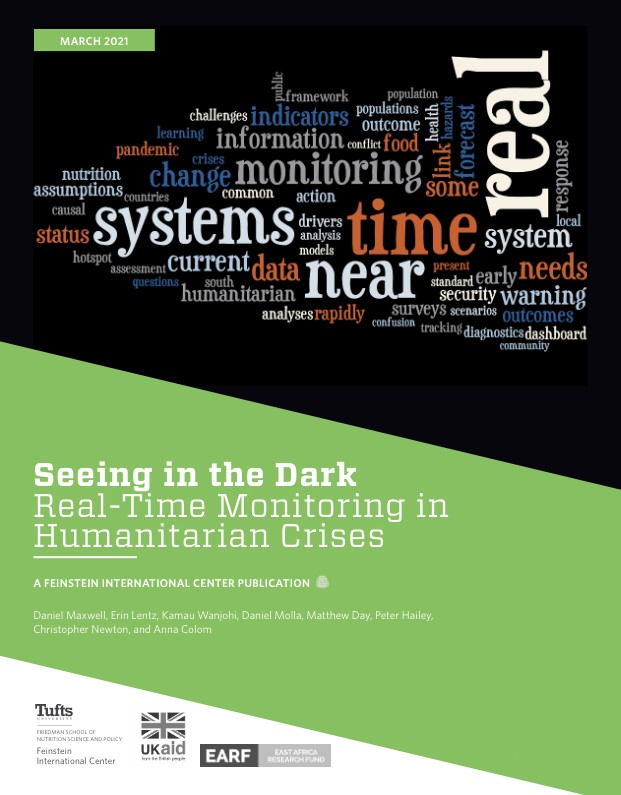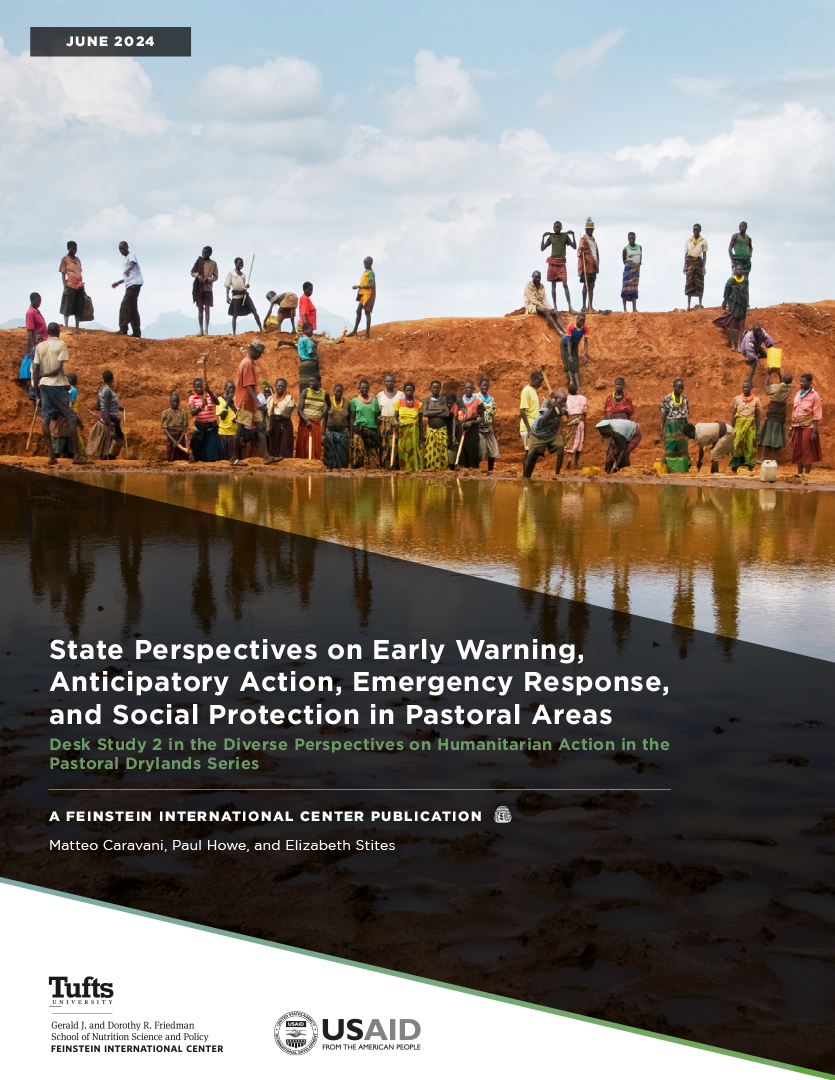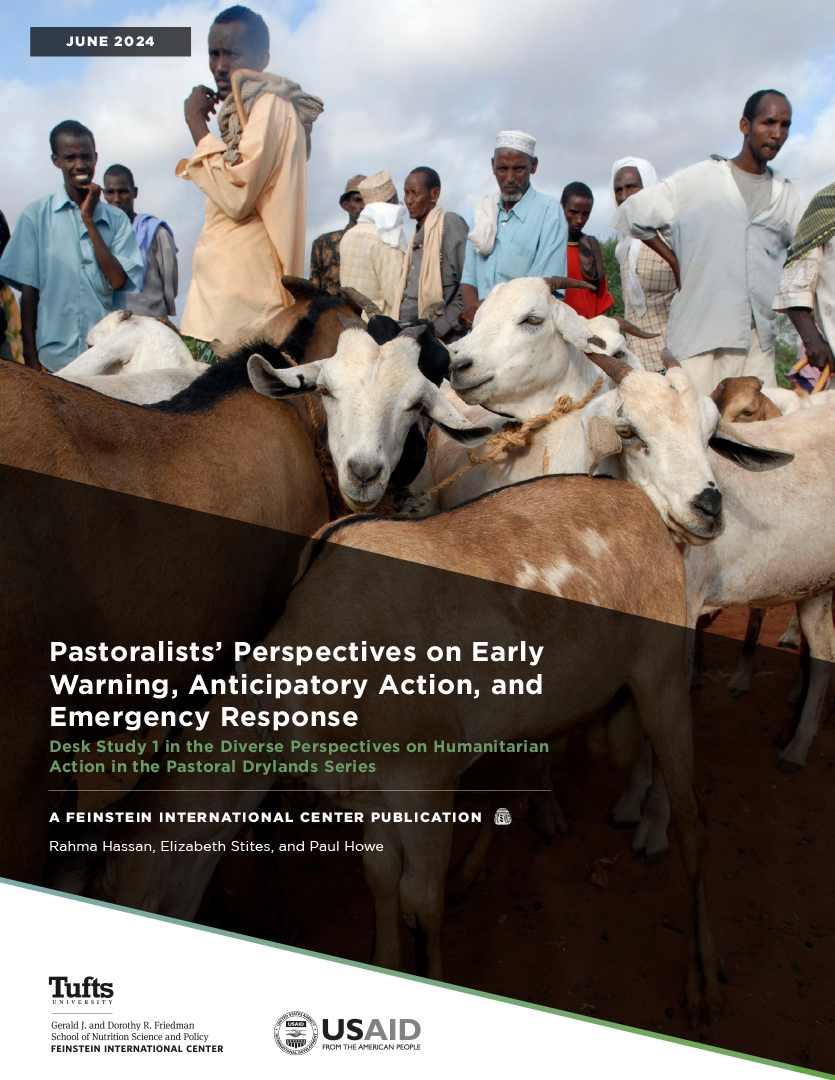Humanitarian information systems typically provide analysis to predict crisis, assess needs, direct program resources, and assess short- to medium-term effects of programs. But information is frequently only periodic. For example, a single estimate of “needs,” could be expected to direct resources and programming for a full year; or a single early warning scenario might be expected to provide information about potential hazards for three to four months.
Questions about the timeliness and the initiation of appropriate actions have long dogged humanitarian information systems. The arrival of COVID-19 in 2020 dramatically increased the pressure on real time monitoring: for the most part the crisis had not been foreseen, there was little (humanitarian) preparedness, and the means of collecting and analyzing diagnostic information suddenly stopped or had to be conducted remotely.
Already significantly challenged, humanitarians relied on these systems even more heavily to inform crucial decisions about resource allocation and therefore demanded more precise and rapidly updated information than ever before—even as their usual methods had to be reinvented. The need for real-time information only increased as it became clear that the funding base was going to shrink (even while needs rose) due to the global economic downtown resulting from the pandemic.
This paper reviews real-time monitoring (RTM), how it fits into a humanitarian information system, how systems quickly adjusted toward RTM in 2020, and provides a series of case studies of RTM systems, their objectives, and their outcomes.







